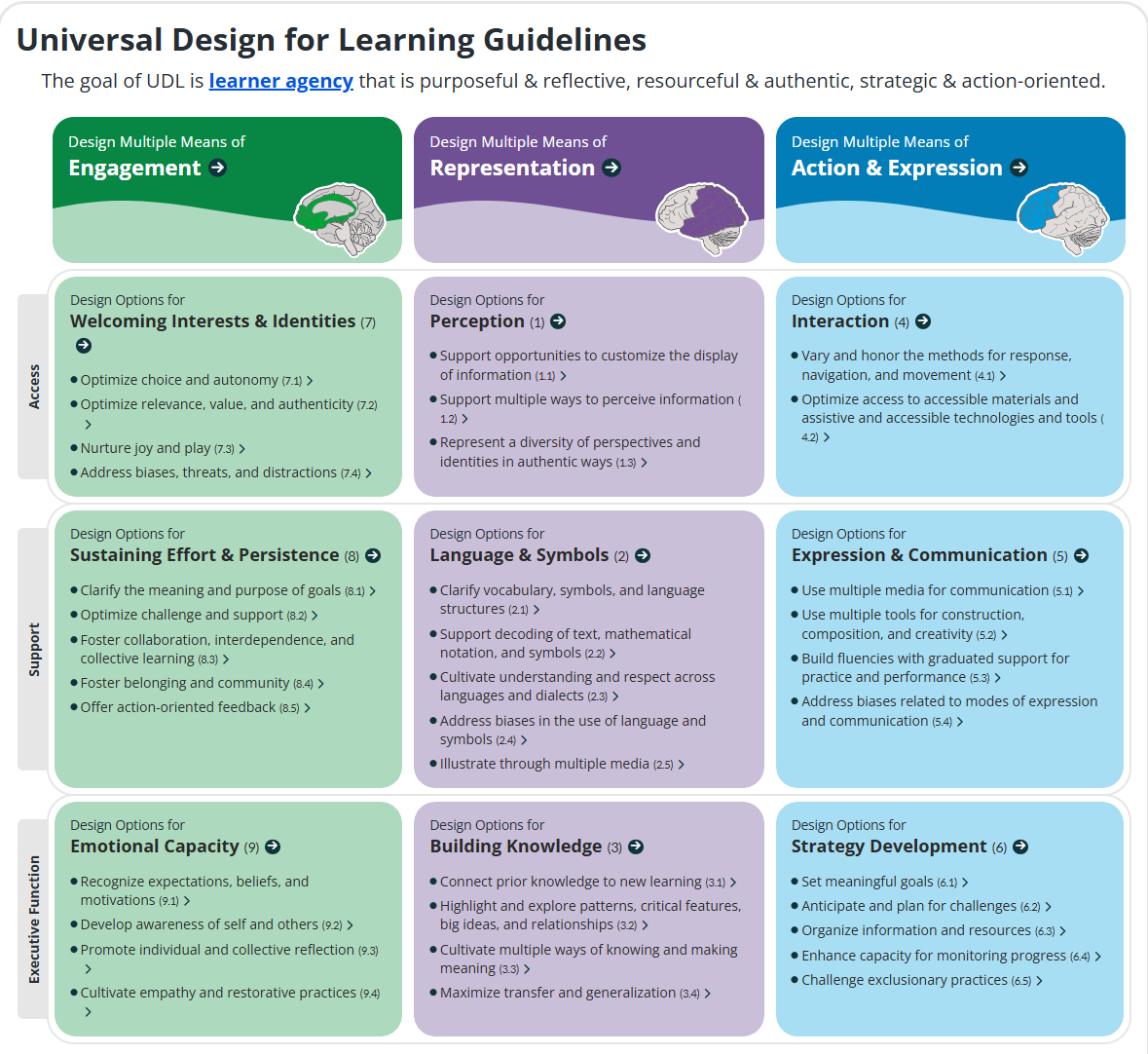Author:
Education should be adaptable to support the diverse ways students learn. However, not all education really values that. Reflecting on my high school experience in Vietnam, literature classes were inflexible and teacher-centered, prioritizing rote memorization and standardized text analysis. Students were expected to replicate predefined interpretations, leaving little room for creativity. Those who conformed earned high marks, while unique perspectives were often discouraged. As a kinesthetic and visual learner, I found this approach disengaging. Moreover, the absence of interactive and multimodal strategies made literature feel uninspiring.
This makes me remembered about a story I read on the Internet which resonated me. In that story, a student was asked to retell a folktale from a character’s viewpoint. Therefore, she creatively narrated it from the villain’s perspective, demonstrating originality and strong writing skills. However, her effort was dismissed for straying from the expected response. This highlighted how rigid educational methods can stifle creativity and fail to accommodate diverse learners.
The Universal Design for Learning (UDL) framework addresses this issue by promoting multiple means of engagement, representation, and expression (CAST, 2024). Had my literature classes embraced UDL, I might have found the subject more engaging through discussions, visual aids, or role-playing. Furthermore, students should have had the freedom to express their understanding through various formats rather than a single, prescribed structure.
As a future educator, I will implement UDL by designing activities that cater to different learning styles. For example, in an English lesson, students might analyze texts through artistic interpretations, debates, or digital storytelling instead of just essays. I will also offer choices in assessments, such as presentations, videos, or creative writing. Although challenges like resource limitations and resistance to change may arise, I will address them through professional development, collaboration, and student-driven projects. By fostering an inclusive environment, I hope to support diverse learners and nurture creativity in education.
References
CAST. (2024). Universal Design for Learning guidelines version 3.0. Retrieved from https://udlguidelines.cast.org

Ngoc Pham (Jade),
I appreciate your insightful analysis of the inflexibility of traditional education and the demand for more inclusive strategies such as Universal Design for Learning (UDL). I completely agree that memorization-based, standardized approaches frequently restrict creativity and fall short in engaging a varied group of learners. Rigid expectations may hamper intellectual development, as seen by your example of the student who was punished for presenting a different viewpoint. As you say, implementing UDL may transform learning by providing students with a variety of opportunities to interact with the material and demonstrate their grasp. Despite challenges like resistance to change, your focus on collaborative and professional growth is essential. Teachers can create environments where all students feel appreciated and empowered to explore their creativity and skills by promoting inclusion.
Dear Jade,
Firstly, I would like to express my gratitude for your sharing. Next, I deeply relate to your experience. When I was studying in China, I found out our teachers often emphasized exam-oriented learning, and students always focused on memorizing standard answers. This approach would discourage creativity and critical thinking. After studying the universal design for learning framework, it helps me to think out a solution by encouraging flexible teaching methods and multiple ways for students to express understanding. I believe that if global education could adopt UDL principles, more students would feel seen and supported. However, I have a question, what negative effects do you think will occur if we embrace inclusion and design lessons that empower all learners?
Best,
Excellent discussion on how assessment methods can be adapted to increase creativity and opportunities for collaboration. Students would have more flexibility in demonstrating their learning.